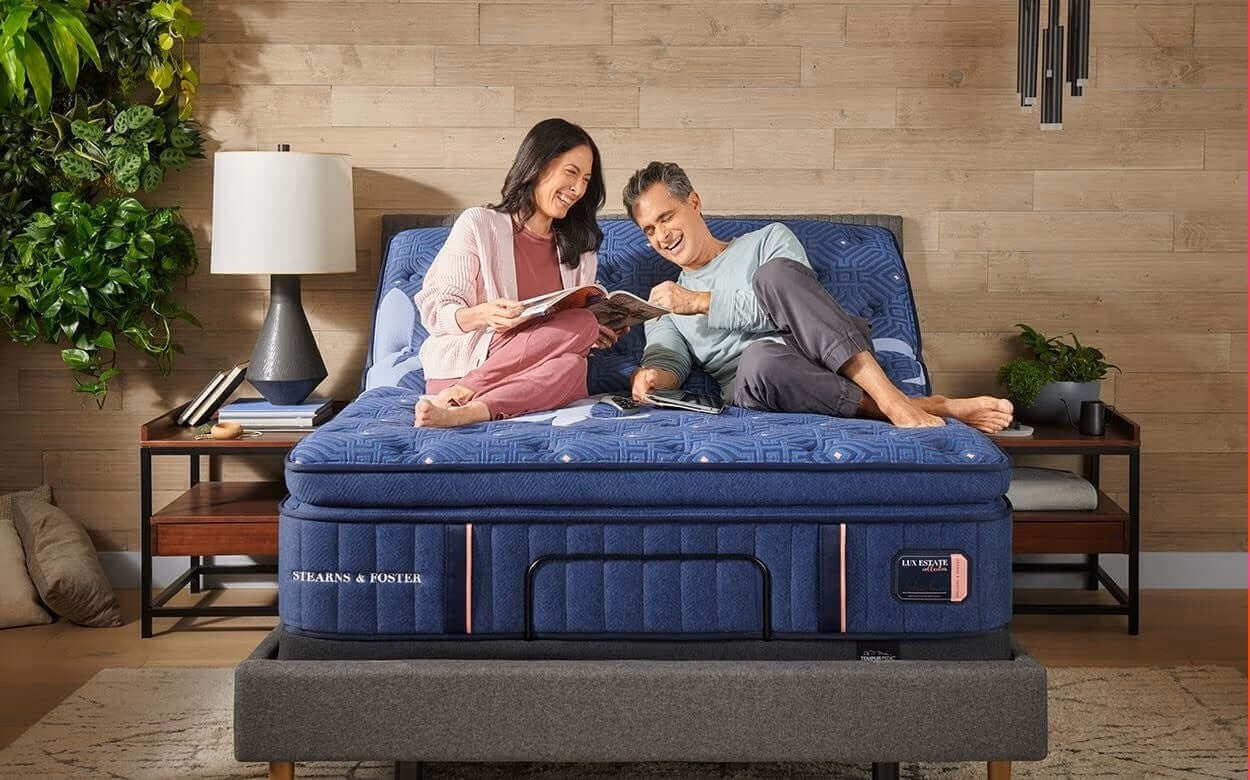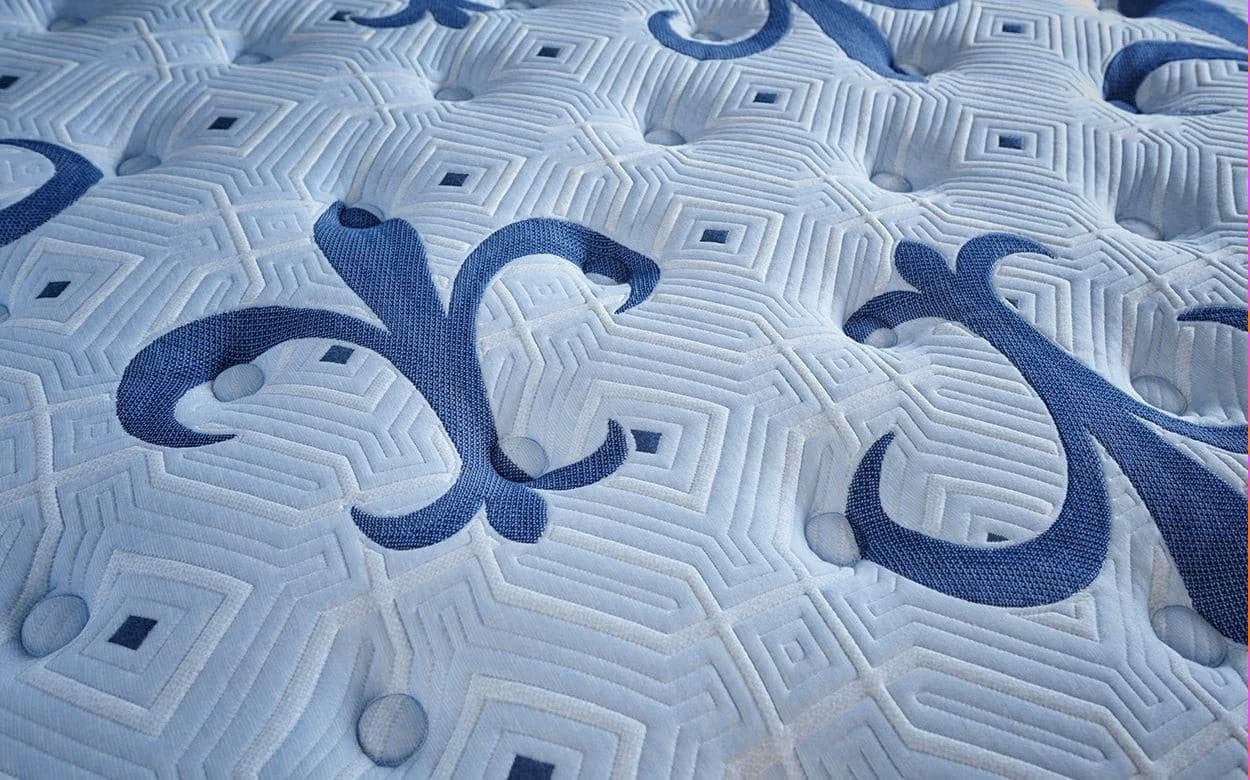A queen mattress is an investment in your comfort and sleep quality. But what’s protecting it from spills, allergens, dust mites, or everyday wear and tear? That’s where a mattress protector comes in.
Although often overlooked, a quality mattress protector extends your mattress lifespan and ensures a healthier sleep environment. But do you really need one?
Let’s explore why so many people are upgrading their queen mattress setup with a protector and whether it’s worth it for you.
Table of Content
- Introduction
- Key Takeaways
- What Is a Mattress Protector?
- Why Mattress Protectors Matter
- Types of Mattress Protectors
- Pros & Cons
- Graph: Benefits of Using a Mattress Protector
- Product Comparison Table
- Top Queen Mattress Protectors
- Conclusion
- Frequently Asked Questions
Key Takeaways
- A mattress protector guards against spills, allergens, and premature wear.
- It’s especially useful for children, pet owners, allergy sufferers, and anyone who wants to maintain mattress hygiene.
- There are several types: fitted sheet-style, encasement-style, and cooling waterproof options.
- Investing in a protector can extend mattress life by several years.
What Is a Mattress Protector?
A mattress protector is a thin, removable bedding layer placed directly over your mattress. It shields against:
· Liquids and spills
· Dust mites and allergens
· Sweat and skin oils
· Bed bugs (in specific encasements)
Unlike mattress toppers that add comfort, protectors add defense.
Why Mattress Protectors Matter
Protection – They prevent stains and damage from accidental spills, preserving the quality of your mattress.
Hygiene – Sweat, allergens, and dead skin cells accumulate in unprotected beds. Protectors create a barrier.
Health – Especially helpful for allergy sufferers or people with asthma, protectors reduce allergen exposure.
Warranty Compliance – Many mattress warranties are voided by stains. Protectors can keep your warranty intact.
Types of Mattress Protectors
1. Waterproof Protectors
Great for homes with pets, kids, or anyone prone to spills.
2. Cooling Protectors
Infused with breathable fabric or moisture-wicking tech for hot sleepers.
3. Allergy-Proof Encasements
Designed to block dust mites and allergens, often fully zippered.
4. Bamboo & Organic Options
Eco-friendly and hypoallergenic with natural materials.
Pros & Cons
|
Pros |
Cons |
|
Shields against stains and spills |
Some may feel crinkly or plastic-like |
|
Helps extend mattress lifespan |
May trap heat (non-cooling models) |
|
Protects against allergens and dust mites |
Needs regular washing |
|
Maintains warranty eligibility |
High-end protectors can be pricey |
Graph: Benefits of Using a Mattress Protector
This graph shows the impact of a mattress protector on mattress longevity, allergen control, and warranty retention.

Comparison Table: Waterproof vs Cooling vs Encasement Protectors
|
Feature |
Waterproof |
Cooling |
Encasement |
|
Best For |
Kids, pets, spills |
Hot sleepers |
Allergy sufferers |
|
Breathability |
Moderate |
High |
Moderate |
|
Protection Level |
High (liquids) |
Medium (moisture) |
Very high (bugs, allergens) |
|
Fit Type |
Fitted sheet |
Fitted sheet |
Full zip encasement |
|
Price Range |
$–$$ |
$$–$$$ |
$$–$$$ |
Top Queen Mattress Protectors
1. Dimple Cotton Cloth Waterproof Mattress Protector 10–18" (Waterproof)
Overview:
This protector features a soft, breathable cotton–polyester knit designed to keep your queen mattress clean and hypoallergenic. Its waterproof polyurethane back ensures protection against spills, sweat, and dust mites, all while remaining quiet and stretchable for a seamless sleep experience.
Key Features:
· Waterproof polyurethane backing protects against stains, spills, incontinence, and body fluids
· Soft, cool dimpled 4-way stretch polyester knit top
· Hypoallergenic and dust-mite resistant
· Machine-washable and silent during movement
Pros & Cons:
|
Pros |
Cons |
|
Comfortable cotton-knit feel |
May feel slightly snug on very thick mattresses |
|
Effective waterproof barrier |
Not fully encased sides are exposed |
|
Hypoallergenic design |
Polyurethane layer might retain some heat |
|
Quiet and stretchable for deep-fitting comfort |
- |
2. Protect-A-Bed Cool Tencel Mattress Protector 8–20" (Cooling)
Overview:
This fitted protector combines Protect-A-Bed’s signature Miracle Membrane® tech with a cooling Tencel top. Designed for temperature regulation and allergen protection, it fits up to 20″ mattresses and promotes a dry, cool sleep surface without crinkling noise.
Key Features:
· Miracle Membrane® barrier blocks liquids and allergens
· Soft, moisture-wicking Tencel knit surface
· Breathable yet waterproof design
· Hypoallergenic and machine-washable
Pros & Cons:
|
Pros |
Cons |
|
Excellent cooling and moisture control thanks to Tencel |
Slightly snug may shift on tall mattresses |
|
Waterproof and allergy-proof |
Higher in cost than basic protectors |
|
Quiet, crinkle-free during movement |
Not a full encasement |
|
Fits mattresses up to 20″ thick |
- |
3. Mattress Safeguard Completely Encased Zippered Protector 10–18" (Encasement)
Overview:
This premium protector provides full zippered encasement, safeguarding your mattress from liquid spills, allergens, dust mites, and bed bugs. It uses breathable polyester knit and a double-barrier zipper to offer comprehensive protection for up to 18″ mattress profiles.
Key Features:
· Complete 360° encasement via a heavy-duty zipper
· Waterproof and allergen-proof polyester knit cover
· Repels liquids, dust mites, allergens, and bed bugs
· Breathable, machine-washable, and designed for deep mattresses
Pros & Cons:
|
Pros |
Cons |
|
Full encasement offers maximum protection |
Can be noisy or restrictive due to full coverage |
|
Blocks liquids, bed bugs, allergens, dust mites |
Higher price point (~$119 for queen) |
|
Durable polyester knit still breathable |
May not fit mattresses thicker than 18″ |
|
Easy to wash and maintain |
May feel warm in humid environments |
Conclusion
So, do you really need a mattress protector for your queen bed?
If you care about:
· Keeping your mattress clean
· Protecting your investment
· Improving sleep hygiene
· Avoiding allergens and bacteria
then the answer is a resounding YES.
With options that cater to every need cooling, waterproofing, anti-allergy you’re sure to find a protector that suits your lifestyle and enhances your sleep quality.
A small investment in a mattress protector today can save you hundreds or thousands on premature mattress replacement.
Frequently Asked Questions
1. Will a mattress protector affect the feel of my mattress?
Most thin protectors won’t change the feel significantly, especially premium options.
2. Are mattress protectors waterproof?
Not all. Check product details. Look for “TPU waterproof barrier” or “liquid protection.”
3. Can I wash my mattress protector?
Yes, most are machine-washable. Always follow the care instructions.
4. Do protectors make noise?
Cheaper vinyl models might, but quality protectors are silent.
5. Are mattress protectors good for allergies?
Yes especially zippered encasement styles that block dust mites and allergens.
6. Will a protector void my mattress warranty?
No it usually helps preserve your warranty by preventing stains or damage.
7. Are cooling protectors worth it?
For hot sleepers, yes. Look for bamboo or moisture-wicking fabrics.
8. Can I use a mattress pad and protector together?
Yes. The protector goes beneath the pad or topper.
9. How often should I wash my protector?
Every 1–2 months, or immediately after spills.
10. Can I use a queen protector on a full mattress?
It’s not recommended it may bunch up or slide off.


